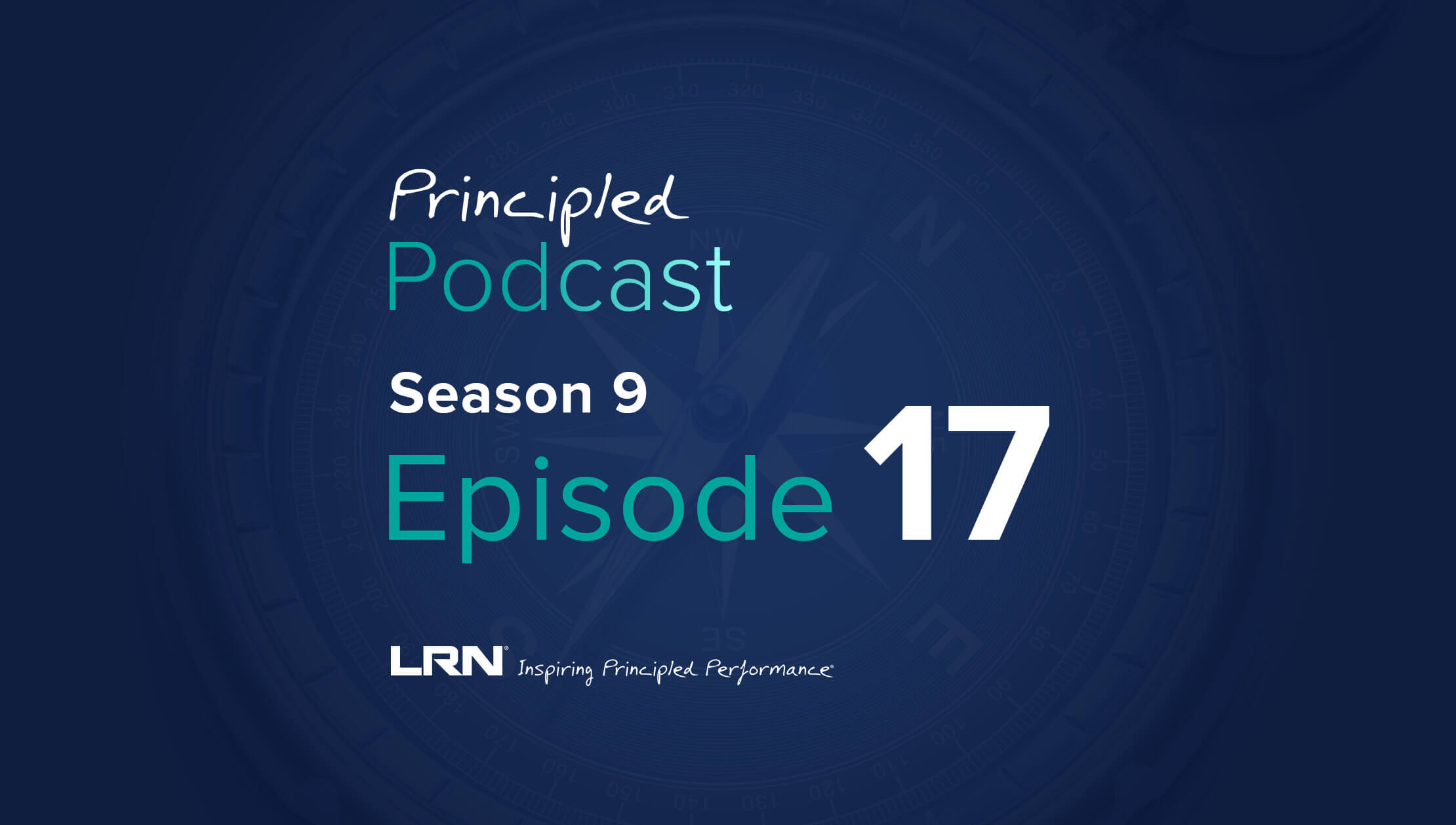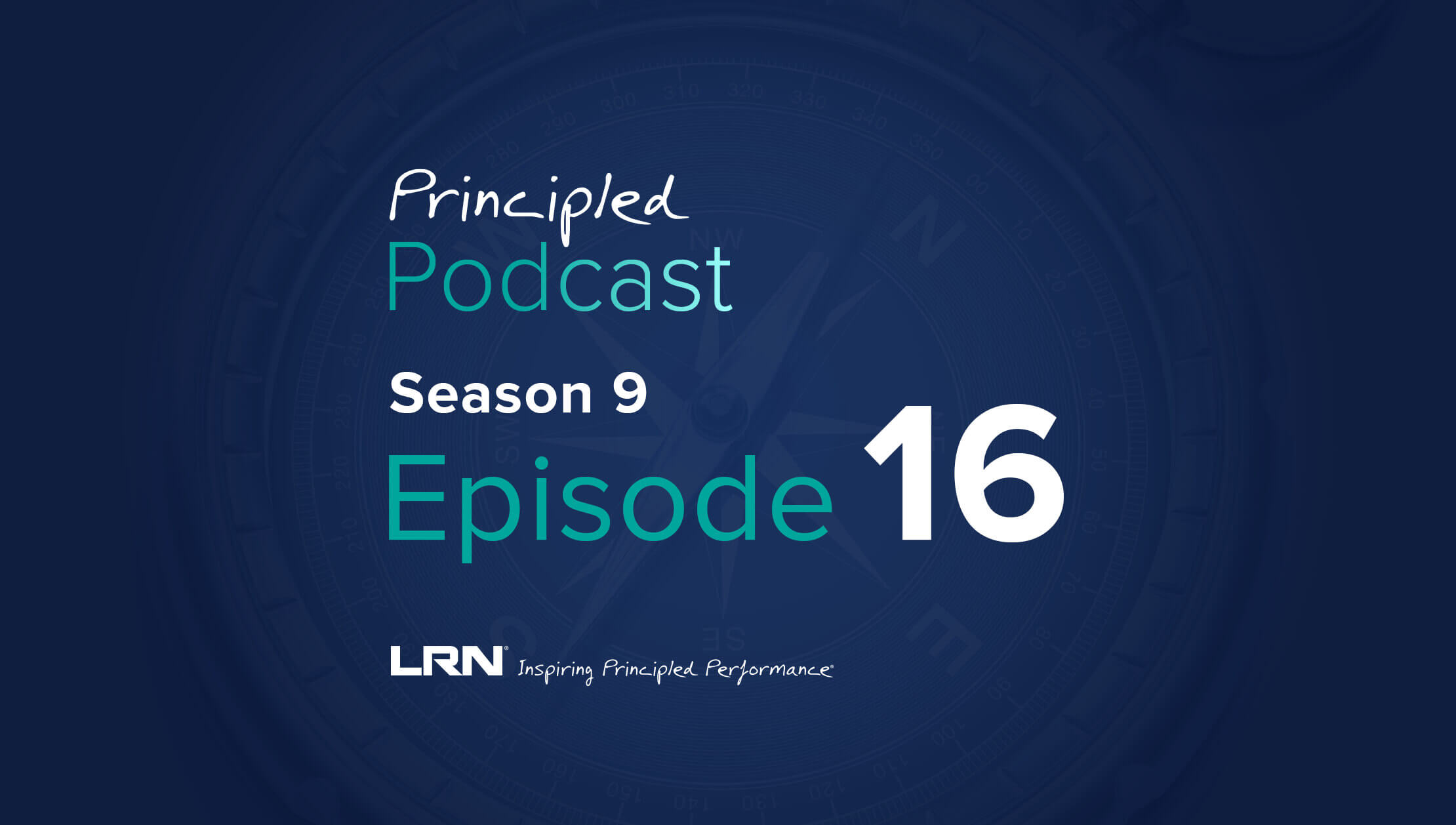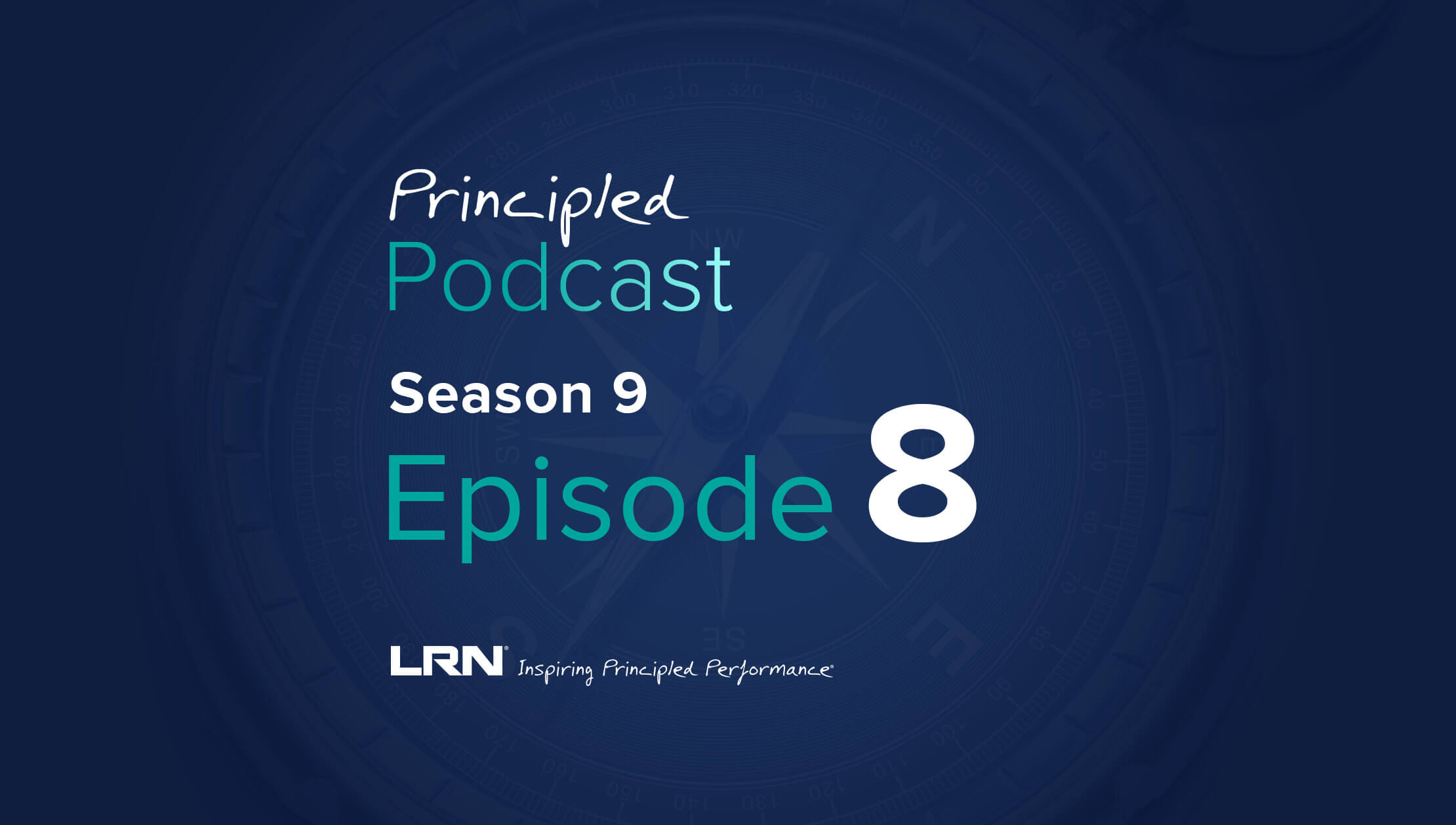There is no shortage of corporate apologies these days, but few as authentic and productive as Starbucks in responding to their latest corporate scandal. I believe corporations and individuals alike can learn from the words and, notably, the actionsof Starbuck’s leadership over the last month, beginning with how quickly they acted in response to wrongdoing.
Just days after two black men were arrested in a Philadelphia store for “waiting while being black”, the CEO published an open letter and video publicly apologizing to the two men, committing to investigate what happened and make any necessary changes, and disavowing discrimination or racial profiling.
Starbucks continued to take swift action: within a few more days CEO Kevin Johnson met with the two men that were arrested and the company announced it would close all stores for racial-bias education. May 29th, the day of the nationwide training and just over a month since the arrest, founder and executive chairman Howard Schultz published an open letter that carries the hallmarks of an authentic apology.
Here is what I love about this letter and Starbucks’ overall response:
- They are specific about what happened and call it what it is.“Recently, a Starbucks manager in Philadelphia called the police a few minutes after two black men arrived at a store and sat waiting for a friend. They had not yet purchased anything when the police were called. After police arrived they arrested the two men. The situation was reprehensible and does not represent our company’s mission and enduring values.”
- They took accountability for what went wrong. Starbucks could have easily called the manager a “bad apple”, as so many companies have initially done in response to wrongdoing, and left it at that. Instead, they cite “insufficient support and training, a company policy that defined customers as paying patrons — versus anyone who enters a store — and bias” as the root causes.
- They took time to pause and examine what happened with humility. Rather than treating the incident as a one-off, Starbucks considered the broader implications and system in which they operate, reflecting “more deeply on all forms of bias, the role of our stores in communities and our responsibility to ensure that nothing like this happens again at Starbucks.”
- They are transparent in sharing the steps the company is taking to do better. This includes reforming system-wide policies and, of course, the May 29 shutdown, where employees “will be sharing life experiences, hearing from others, listening to experts, reflecting on the realities of bias in our society and talking about how all of us create public spaces where everyone feels like they belong.”
- The training is optional for employees. Research shows that mandatory diversity, inclusion, and implicit bias training has no impact on the diversity of management in organizations and that such training can actually lead to participants reporting more animosity towards differences. Voluntary training, however, has been shown to have the opposite effect.
- They made their curriculum public, reinforcing the transparency of their process and enabling others to learn from the experience, too (you can find the curriculum here).
Our research, on the state of moral leadership in business, finds that leaders that take time to pause and reflect on their purpose and values are 11x more effective at achieving business goals. The study also finds that managers who act with humility are more likely to be trusted. Starbucks’ CEO and chairman have demonstrated both over the last month, suggesting the company is building from a solid and authentic foundation.
Are the steps Starbucks has taken so far enough? Not even close. Hundreds of years of racial bias and systemic racial discrimination cannot be dismantled in one day. Starbucks must do more to “continue the conversation” beyond May 29, and the dialogue must be matched by concrete action. But, it’s an encouraging start. I, and millions more, will be watching to see what happens next.



